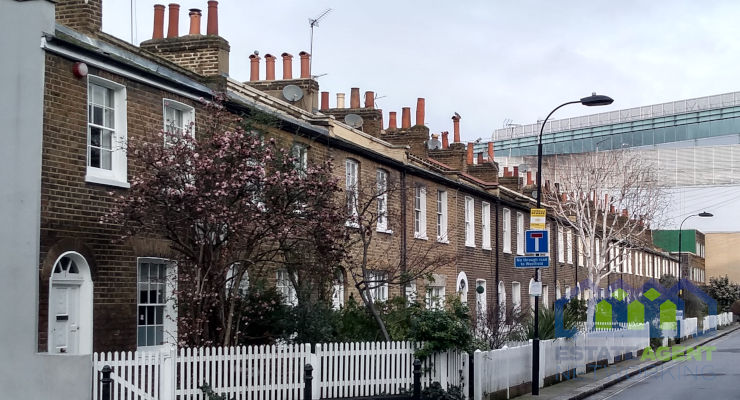DESIGN RULES: ADDING PERSONALITY TO A SPACE.
This post is part of my Design Rules series, and I’ll be showing you how you can add personality to your space. I’ll be sharing with you some ‘rules’ to help you create a space with a ‘Personality’ that works for the space. I use the term ‘rules’ loosely when it comes to design, it’s more guidance than rule. But nonetheless, these are important elements to help you learn and design more effectively.
The personality of a space refers to the look of the space, it’s character, it’s style and the way that it feels. Think about the personality of your friends and family, each person is unique and has a mix of interesting, eclectic and perhaps familiar elements. Each of these elements together creates an individual personality. Similarly with a space, each element; colour, pattern, texture, light, space, architecture mixed together creates a personality. Personality doesn’t mean that the space needs to be bold and out there, it can also be calming and nurturing or perhaps somewhere in-between.
- When choosing a personality for a space, look at the established visual styles already present. These could be based on past styles, such as Gothic or Art Deco; cultural styles, such as Scandinavian or Oriental; or your material preferences, such as wooden Shaker features. The space will give you clues as to what the established visual style is. Look at the architectural features for direction too.
- There is no hard rule with personality, you can translate a style in it’s entirety, or pick and mix elements from different styles. Always think of the integrity of the look and feel when you are doing this. Mixing up Art Deco and Modern work well as the lines of both styles are similar.
- Personality can be expressed equally well from objects that are meaningful to you as well as through purchased ‘style’ choices. Showcasing your own objects alongside objects that have been purchased to help express the personality of the space works particularly well.
- The term “Keeping up with the Joneses” is now irrelevant. Your space should highlight your personality and not that of someone else. Your space is your canvas to show off the persona that you want to share with others. Today we value individuality and creativity, the more personalised a space is to the way that you live your life, the more of your personality shows through.
- Compile a style board of visual ideas to establish your personal style and creative preferences. This will help you to find an overall style that you identify with. This exercise really does help to define your own personal style. As you collect images and ideas, you will begin to notice a common feeling or element that’s present in the images. Take this feeling or element and use that in your design.
- When choosing a style, don’t forget the quality of your space and any limitations that you need to work within. It’s important to respect the space and it’s design aesthetic, and work with a style that is sympathetic to the room.
Finding a personality for a room is an exciting part of the design process. This exploration stage is key to creating a space that works for the intended use of the room.
Image Credit: Aranami Living Room, Farrow & Ball Latest & Greatest 2014









